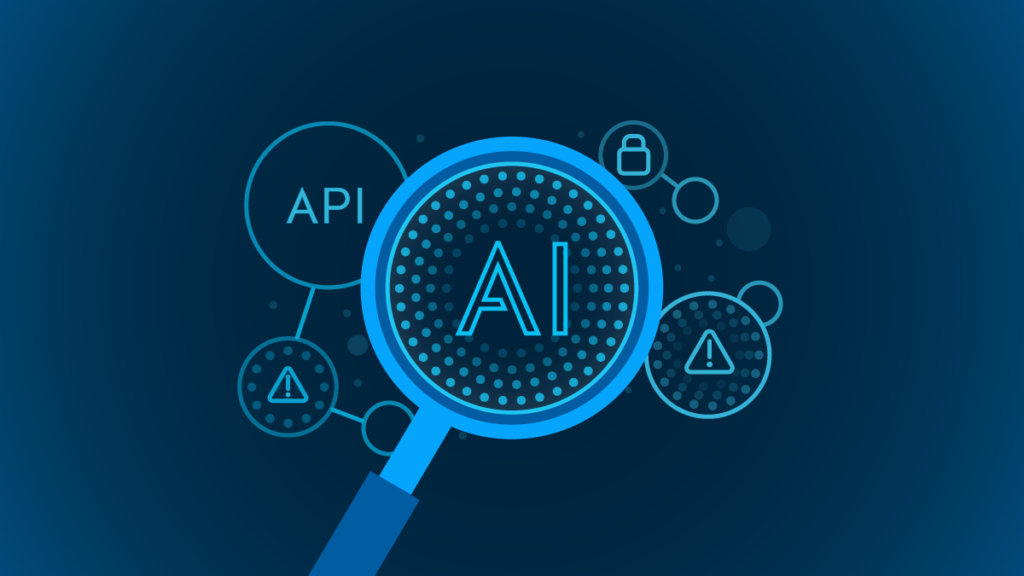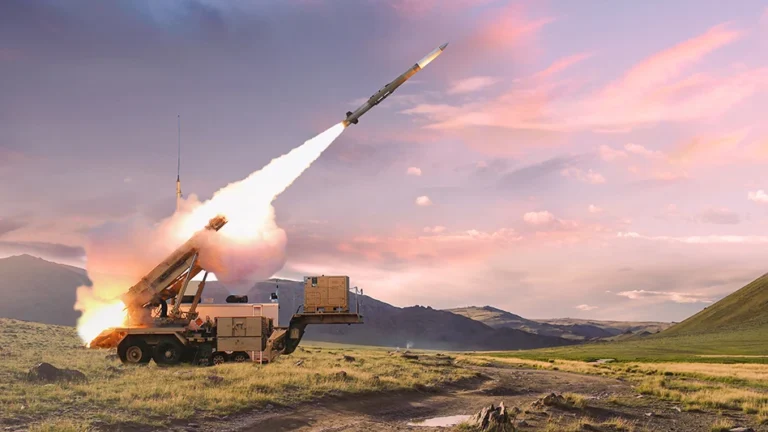
Cadence Boosts AI-Driven Engineering and Science with NVIDIA Grace Blackwell
Cadence has announced a significant expansion of its long-term collaboration with NVIDIA, reinforcing its commitment to driving advancements in accelerated computing and agentic AI. This extended partnership is aimed at addressing some of the most pressing global technology challenges, bringing forth groundbreaking innovations that accelerate progress across multiple industry verticals. By integrating NVIDIA-accelerated computing, Cadence is spearheading scientific advancements across various sectors, enabling designers and engineers to tackle more complex problems than ever before.
Advancing Computational Performance with NVIDIA Blackwell Architecture
Cadence is leveraging NVIDIA’s latest Blackwell architecture to achieve massive acceleration in a broad range of engineering and scientific solutions. These enhancements allow engineers to handle larger, more complex projects with unprecedented speed and efficiency. Some key examples of this accelerated performance include:
- Computational fluid dynamics (CFD) simulations are now up to 80 times faster, reducing processing times from days to mere minutes.
- Cadence Spectre X Simulator has seen a tenfold increase in speed, allowing for rapid circuit simulation.
- 3D-IC design and analysis, including thermal, stress, and warpage evaluations, have been accelerated by up to seven times, significantly reducing design iteration cycles.
Cadence Fidelity CFD Platform and the Future of Aerospace Simulation
One of the most remarkable applications of this collaboration is within computational fluid dynamics (CFD). Cadence has harnessed the power of the NVIDIA Blackwell platform to address one of the most challenging aspects of CFD—simulating complete aircraft performance across critical phases such as takeoff and landing. Traditionally, these simulations required extensive computational resources, often needing entire high-performance computing clusters with hundreds of thousands of CPU cores, taking several days to complete. Now, using the Cadence Fidelity CFD Platform on NVIDIA GB200 GPUs, these multi-billion cell simulations can be completed in under 24 hours.

This revolutionary acceleration paves the way for more efficient aerospace design, significantly reducing dependency on wind tunnel testing. With this breakthrough, aerospace manufacturers can drastically cut costs and improve time-to-market for new aircraft designs. Cadence will continue to explore the boundaries of simulation using Blackwell-powered solutions, bringing further innovation to the field.
Full-Stack AI Solutions for Electronic and System Design
Beyond CFD, Cadence and NVIDIA are collaborating to bring a full-stack agentic AI solution to electronic and system design, as well as broader scientific applications. By integrating the Cadence JedAI Platform with NVIDIA’s NeMo generative AI framework and the recently announced NVIDIA Llama Nemotron Reasoning Model, this collaboration is set to drive unparalleled productivity enhancements for designers. Some key applications include:
- Intelligent AI assistants that enhance user productivity and foster innovation.
- Deep reasoning AI for verification that leverages design collateral and verification agents to streamline complex verification processes.
- Design automation through AI-driven agents, allowing for optimized digital and custom circuit designs.
This AI-driven transformation is expected to empower designers with cutting-edge tools, enabling more efficient workflows and greater innovation across the electronic design automation (EDA) sector.
Revolutionizing Drug Discovery with AI and GPUs
In addition to engineering applications, the Cadence-NVIDIA partnership is making a significant impact in molecular science and drug discovery. Cadence Molecular Sciences (OpenEye) is integrating NVIDIA BioNeMo NIM microservices into Orion®, Cadence’s cloud-native molecular design platform. This collaboration is set to transform pharmaceutical research by leveraging state-of-the-art AI and GPU-driven capabilities. Key enhancements include:
- AI-driven 3D de novo protein structure prediction, accelerating the discovery of new therapeutic compounds.
- Small molecule generative AI, facilitating the rapid development of new drug candidates.
- AI models for antibody property prediction, enabling better-targeted drug therapies with improved efficacy.
With on-demand and reserved GPU access, Orion will provide scientists with an unprecedented computational toolkit, allowing them to conduct large-scale calculations with greater speed and accuracy. This advancement has the potential to revolutionize drug design and therapeutic research, enabling faster development of life-saving treatments.
Digital Twins and AI-Driven Data Center Infrastructure
Cadence is also at the forefront of AI-driven digital twin technology, powered by NVIDIA’s cutting-edge innovations. As one of the first adopters of the NVIDIA Omniverse blueprint for AI factory digital twins, Cadence is setting new standards for data center modeling. This partnership is enabling the development of high-fidelity, consistent, and accurate models that facilitate the rapid creation of digital twins for data centers.
By integrating NVIDIA Omniverse Viewport, Cadence Allegro® X Design Platform, and Cadence Reality™ Digital Twin Platform, designers gain enhanced visualization capabilities across the entire electronic system design process. These digital twins allow for:
- Advanced analytics to optimize data center operations.
- Efficient component and BOM (bill of materials) management to streamline production.
- Seamless integration with manufacturing interfaces, ensuring high-quality system deployment.
This ecosystem of high-quality models will empower data center operators and equipment manufacturers to rapidly develop and deploy AI-optimized infrastructure, setting a new benchmark in efficiency and performance.
Executive Insights
Dr. Anirudh Devgan, president and CEO of Cadence, highlighted the transformative nature of this collaboration:
Cadence is accelerating AI-driven EDA and system design and analysis workloads on NVIDIA’s latest Grace Blackwell NVL72 platform. We’re enabling the delivery of today’s infrastructure AI and agentic AI while transforming the principled simulations that underpin physical AI and sciences AI. With these breakthroughs, we’re now able to perform massive simulations of complex systems that weren’t possible before in hours, including some of the largest and most accurate simulations of full aircraft to date.
NVIDIA’s founder and CEO, Jensen Huang, also emphasized the impact of their joint efforts:
Accelerated computing and agentic AI are setting new standards for innovation across industries. Together, NVIDIA and Cadence are pushing the AI-Driven boundaries of what’s possible—delivering breakthroughs in simulation, optimization, and design that drive efficiency, reduce time to market, and fuel scientific discovery.
The expanded collaboration between Cadence and NVIDIA marks a significant milestone in the evolution of AI-driven computing, engineering, and scientific research. By harnessing the power of NVIDIA Blackwell architecture and cutting-edge AI technologies, Cadence is pushing the limits of computational performance, transforming industries ranging from aerospace to pharmaceuticals and data center infrastructure. With these AI-Driven advancements, engineers, scientists, and designers now have access to unprecedented computational capabilities, enabling them to solve complex problems faster, reduce costs, and accelerate innovation at an unprecedented scale. As this partnership continues to evolve, the future of AI-driven engineering and scientific discovery looks more promising than ever.




